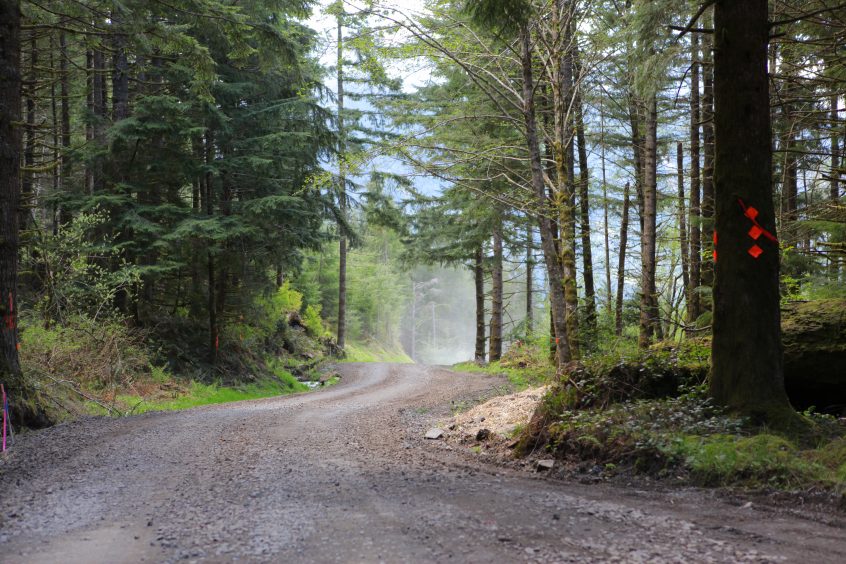Jed Arnold, community outreach and stewardship coordinator for Hampton Family Forests on the North Oregon Coast, writes in the Daily Astorian this week about how working forests help fight climate change and about Hampton’s commitment to sustainable forestry.
I’m lucky to be able to spend most days in the woods, helping to look after the sustainability and health of 33,000 acres of Hampton Lumber’s forestland here in Clatsop County.
As a family-owned wood products company, our outlook is inherently multi-generational. Our foresters plant trees they have no expectation of seeing harvested before they are retired. The Hampton family is committed to ensuring the next generation inherits a business that is healthy and sustainable, both economically and ecologically.
The work we do every day is focused on ensuring our forests are as healthy in 50 years as they are today. We recognize how climate change could affect forest and community health.
Arnold pushed back against some recent false claims about working forests’ impact on the environment.
Sustainable timber harvest as a strategy to fight climate change makes a lot of sense when one looks at modern forest management and timber production in the proper context —through a long-term life cycle analysis. A good portion of a tree’s carbon remains stored in the wood products that are created from it, locking that carbon away for the life of the product, while atmospheric carbon is taken up by the tree planted in its place. This is particularly important when those products are lumber used in housing and other construction. It’s also worth noting that every building material, piece of furniture and even kitchen utensil made from wood means one less product made from iron, aluminum, concrete or plastic, all of which emit significantly more greenhouse gases during their production.
While it does take some years for a newly planted tree to reach the carbon capture potential of a mature one, trees grow faster here on the North Coast than almost anywhere else in the world and that difference is quickly made up for. When consideration is given to carbon uptake over the entire lifespan of the tree and the life cycle of wood products, Oregon’s working forests are shown to be a net carbon sink. Said another way, commercial forests in Oregon are already absorbing and locking away more carbon than is emitted to manage them.
Working forests will continue to be a critical economic engine for the Northwest’s rural communities, Arnold writes.
These forests are our livelihoods, our schools, our public services, and our privilege and responsibility to sustain for a variety of uses and benefits. Reducing the amount of timber we sustainably harvest in Oregon will do more to harm efforts to reach a global reduction in CO2 levels than help them. But even if we choose to ignore this and focus on Oregon’s carbon reduction goals as though we were in a bubble, why would we ask rural Oregonians to give up more working-class jobs and more school funding dollars when our working forests are already part of the solution to climate change?
I invite you to learn more about working forests and talk to those who make their living in the renewable wood products sector. There are a lot of us here on the North Coast. Rural or urban, we’re all in this together. Let’s work together so our forests can continue to sustainably provide for a multitude of benefits.
